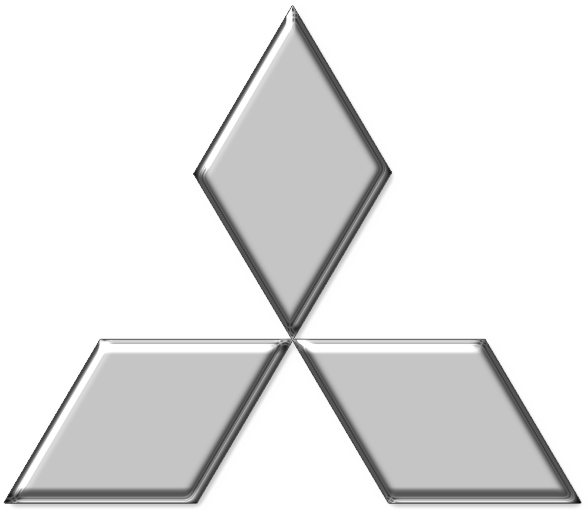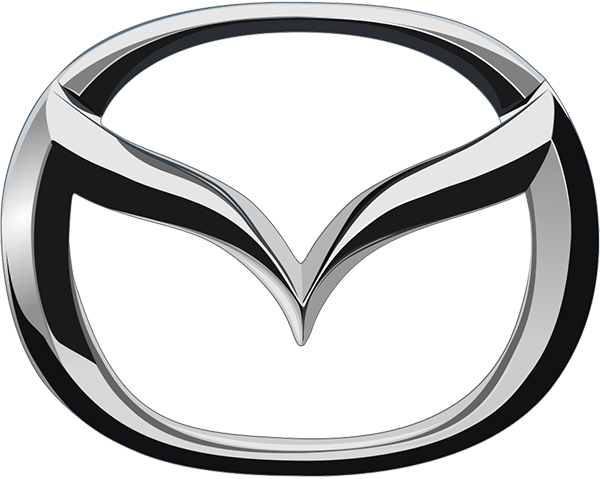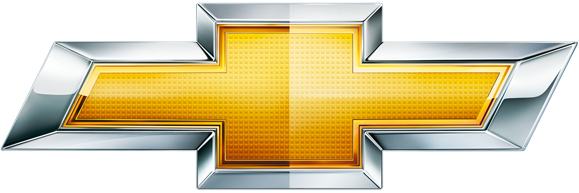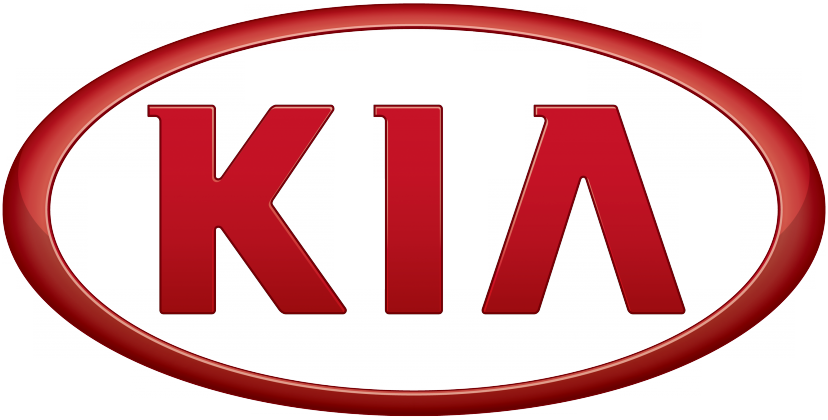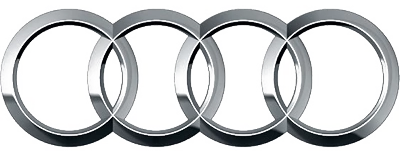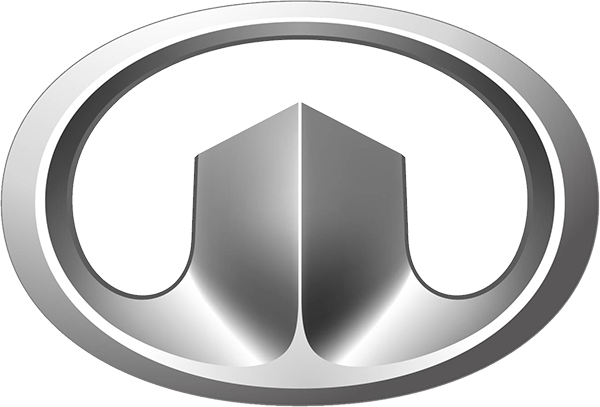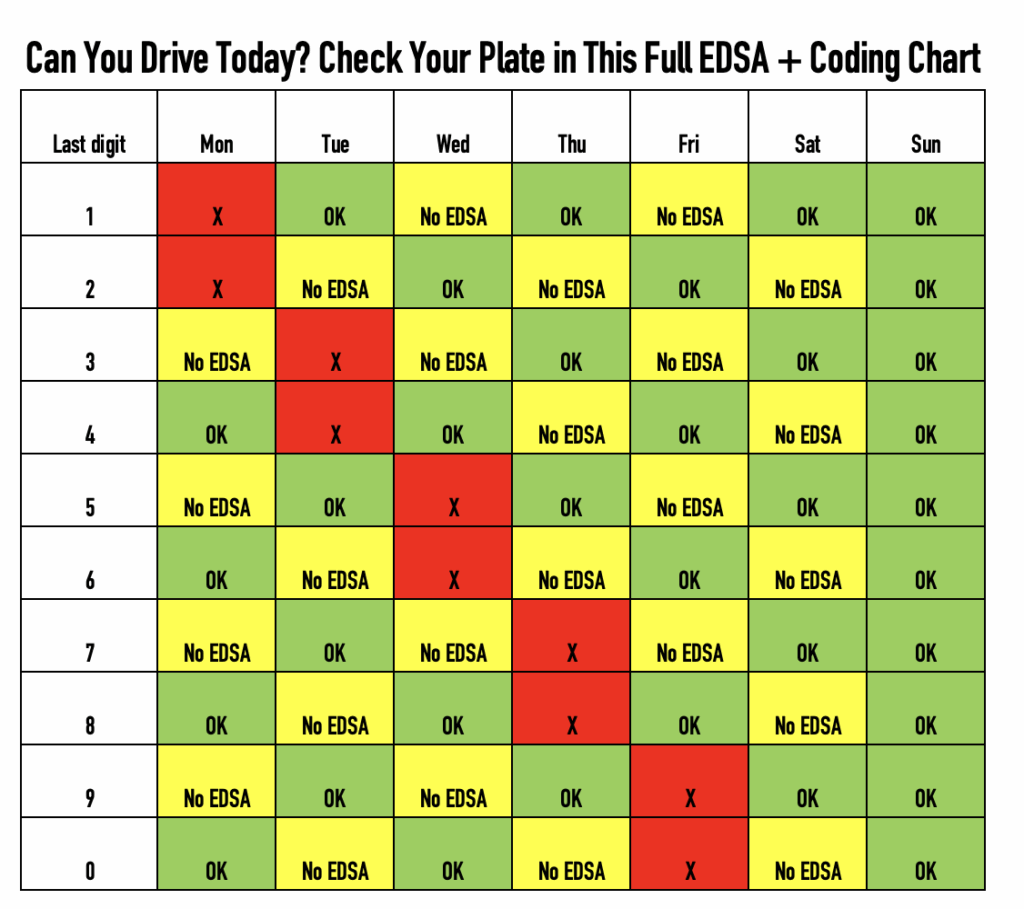
Odd-Even Traffic Scheme 2025
Introduction
The Metropolitan Manila Development Authority (MMDA) is introducing a new odd-even traffic scheme on EDSA, Metro Manila’s main highway. This scheme is set to start with a dry run on June 16, 2025, coinciding with major rehabilitation works on EDSA. The goal is to reduce traffic congestion by cutting the number of vehicles on this busy road by half on any given day. If you drive in Metro Manila, especially on EDSA, here’s everything you need to know about this new policy – explained in a friendly, straightforward way.
What Is the Odd-Even Scheme?
The odd-even scheme is a traffic rule that bans vehicles from the road on certain days based on the last digit of their license plate:
- Odd-numbered plates (ending in 1, 3, 5, 7, 9) are not allowed on odd-numbered days of the week – in this case, Mondays, Wednesdays, and Fridays.
- Even-numbered plates (ending in 0, 2, 4, 6, 8) are not allowed on even-numbered days of the week – specifically, Tuesdays, Thursdays, and Saturdays.
- Sundays (and official holidays) are free days – no restrictions, all vehicles can use EDSA on these days.
Under this scheme, if your car’s plate ends in an odd number, you have three days a week when you cannot drive on EDSA. If it ends in an even number, you also have three no-drive days (they’re just the opposite days). The MMDA’s odd-even rule on EDSA will be in effect 24 hours a day (no “window hours”), so it applies the whole day on the affected days.
Odd-Even vs. Number Coding – What’s the Difference?
Metro Manila motorists are already familiar with the existing number coding scheme (formally known as the Unified Vehicular Volume Reduction Program or UVVRP). Here’s how the new odd-even scheme on EDSA differs from the regular number coding:
- Coverage Area: Number coding is enforced on most major roads in Metro Manila (and many cities have adopted it), whereas the new odd-even scheme will only be implemented on EDSA. This means EDSA will have its own scheme, separate from other roads.
- Days Banned: Under number coding, a vehicle is banned once a week (for example, plates ending 1 or 2 can’t run on Mondays). Under odd-even on EDSA, a vehicle will be banned three days a week on that highway (all odd plates on M/W/F, even plates on T/Th/Sat).
- By Plate Type: Number coding targets specific ending digits each day (e.g., 1-2 on Mon, 3-4 on Tue, etc.). Odd-even groups all plate numbers into two sets (odd vs even) and alternates the restriction days for these groups.
- Time of Day: The current number coding in Metro Manila usually has specific hours (typically peak hours, like 7AM-10AM and 5PM-8PM, with a “window” mid-day when you can drive). In contrast, the EDSA odd-even scheme has no window hours and is enforced 24/7 on the days it applies. So if it’s a “ban day” for your plate on EDSA, you can’t use EDSA from morning until midnight of that day.
- Dual Schemes Simultaneously: During the EDSA rehabilitation period, two different schemes will run: odd-even on EDSA, and number coding on other roads. Notably, the regular number coding will not be in effect on EDSAwhile odd-even is active there. MMDA has clarified that odd-even replaces number coding on EDSA for the duration of the project. However, number coding continues as usual on all other Metro Manila roads outside EDSA.
In short, EDSA gets a special traffic rule (odd-even) to deal with the construction congestion, while the rest of the city keeps the old number coding system. This is a unique situation, so motorists will need to pay close attention to which rule applies depending on where they’re driving.
Why Implement an Odd-Even Scheme on EDSA Now?
The odd-even scheme is being rolled out on EDSA primarily because of the upcoming EDSA Rehabilitation (Rebuild) project, slated to begin in June 2025. This is a major, long-term effort to repair and improve the 23.8-kilometer EDSA highway, including fixing road sections, strengthening bridges (like the busy Guadalupe Bridge), improving sidewalks and bus lanes, and upgrading the overall infrastructure. The project is expected to last until 2027, and during this period, lane closures and construction activities will inevitably cause heavy traffic.
Why odd-even? The MMDA’s logic is straightforward: by preventing half of the cars from entering EDSA each day, they hope to significantly reduce traffic volume on that road while it has reduced capacity. Simply put, if only cars with allowed plate numbers can pass, that’s roughly a 50% cut in vehicles on EDSA on any given day. MMDA Chairman Romando Artes and other officials believe this drastic measure will help alleviate congestion during the construction phase and keep EDSA at least somewhat passable.
They initially planned a shorter one-week trial, but later decided on a one-month dry run (starting June 16, 2025) to give everyone time to adjust. During this dry run period, motorists who violate the scheme will not yet face fines – they’ll receive warnings or notices (likely via the No-Contact Apprehension cameras) to remind them of the new rules. This grace period is essentially an information drive to educate the public. After the dry run, full enforcement (with fines or penalties for violators) is expected to kick in.
The odd-even scheme is seen as a temporary special measure for the EDSA rehab. It’s not meant to be permanent (unless it somehow works extremely well). Officials have also hinted that they may tweak the rules if needed – for example, possibly introducing a “window” (like allowing all cars during late-night hours 10PM-5AM) if they find a 24-hour ban too restrictive. But as of now, the plan is no window hours to maximize the reduction in traffic.
Implementation Details: How Will It Work?
Here are the key details of how the MMDA’s odd-even traffic scheme on EDSA will be implemented:
- Start Date: Dry run begins June 16, 2025 (Monday). The dry run will last one month. After that, the scheme will continue, and enforcement will include penalties.
- Affected Days:
- Mondays, Wednesdays, Fridays: ODD last-digit plates cannot use EDSA (odd-numbered plates banned these days).
- Tuesdays, Thursdays, Saturdays: EVEN last-digit plates cannot use EDSA (even-numbered plates banned these days).
- Sundays (and Holidays): No restrictions on EDSA (all plates allowed).
- Hours of Effect: 24 hours each day. There are no “window hours” or breaks during the day for the odd-even scheme. The ban applies from 00:00 to 23:59 of the affected day.
- Coverage Area: EDSA only. The odd-even rule is exclusive to EDSA, meaning it will be enforced along the entire stretch of EDSA in both directions (from Monumento in the north to Mall of Asia/Pasay in the south). Other roads in Metro Manila will not follow odd-even; they will continue with the usual number coding scheme (which bans two digits per weekday during peak hours).
- No Simultaneous Coding on EDSA: While odd-even is in effect, the regular number coding will not apply on EDSA. This avoids double banning. For example, under number coding a car with plate ending 5 is normally barred on Wednesdays; but if that car is even-numbered (say ending in 6), under odd-even it would also be barred on Wednesday if both schemes applied. To prevent such confusion, MMDA clarified that only odd-even rules matter on EDSA during this period.
- Interaction with Coding Elsewhere: Drivers must remember that outside EDSA, the normal coding rules still apply. So a vehicle might be allowed on EDSA on a certain day but could still be banned on other roads, or vice versa, depending on the plate number and day. For instance, if you have an even-numbered plate ending in 0: on Tuesday you cannot use EDSA (even banned on EDSA Tuesdays), but you can drive on other roads because Tuesday coding normally bans plates 3 and 4 (and your plate ending in 0 isn’t coded that day). On Friday, the situation flips: your plate ending in 0 is coded (banned on all other major roads on Fridays under UVVRP), but on EDSA, Friday is an “odd plate ban” day – since 0 is even, you’re actually allowed on EDSA that day. These scenarios mean motorists will need to be very mindful of the day and which road they plan to take.
- Enforcement: The MMDA will use its regular enforcers and No-Contact Apprehension Policy (NCAP) camerason EDSA to catch violators. During the one-month trial, only warning notices will be sent out. After that, expect actual tickets or fines (exact penalty TBA, but likely similar to current coding violation fines).
- Special Case – Crossing EDSA: What if you’re not driving along EDSA, but just crossing it? MMDA has stated that vehicles crossing EDSA at intersections (for example, passing through EDSA from one side road to another across the highway) are exempt from the odd-even scheme. In other words, the rule is meant for those traveling along the length of EDSA. If you just need to go across it, you won’t be penalized by odd-even (though you must still obey any number coding or local traffic rules on the roads you came from or are entering).
Vehicles Exempted from the Odd-Even Scheme
Certain vehicles will not be subject to the odd-even restrictions on EDSA. According to the MMDA, the following are exempt from the odd-even scheme (these exemptions are similar to those in the coding scheme, with some additions):
- Electric, Hybrid, and Other “EV” Vehicles: As mandated by the Electric Vehicle Industry Development Act (EVIDA), all electric vehicles, plug-in hybrid, and hybrid vehicles (as recognized by the Department of Energy) are exempt from number coding and also from the odd-even scheme. This is an incentive for greener vehicles.
- Non-Motorized Vehicles: Bicycles, pedicabs, horse-drawn carriages (kalesa), and the like don’t have engines or plates, so they are not covered.
- Emergency Vehicles: Ambulances, fire trucks, police cars, and other official emergency response vehicles are exempt. They need to reach emergencies quickly and won’t be stopped for odd-even.
- Public Transport Vehicles: This includes city buses, jeepneys, UV Express vans, and taxis (basically registered public utility vehicles or PUVs). Keeping public transport moving is crucial, especially if many commuters will leave their cars due to odd-even.
- TNVS (Ride-Hailing Services): Vehicles accredited with ride-hailing apps (like Grab cars) are also exempt. These serve commuters similar to taxis, so they are allowed to operate regardless of plate number.
- Marked Government Vehicles on Official Duty: Government cars (with red or specialized official license plates or markings) used for essential services (e.g., law enforcement, service vehicles for utilities or officials on duty) are not covered by the ban.
- Motorcycles: Note: Motorcycles are NOT listed among the exemptions. In the past, motorcycles have been automatically exempt from number coding schemes, but the MMDA’s announcements for this odd-even plan did not mention motorcycles as exempt. This implies that motorcycles will be expected to follow the odd-even rule on EDSA as well. If you ride a motorcycle and your plate ends in an odd number, it’s safest to assume you cannot use EDSA on M/W/F, and vice versa for even. (We’ll keep an eye out for any MMDA clarification on this, but as of now it appears motorcycles are included in the restriction.)
It’s important to remember that even if your vehicle is exempt from the EDSA odd-even, all drivers should still follow regular traffic rules and any number coding outside EDSA. For example, if you have an exempt vehicle like an EV or you’re a doctor on call, you can use EDSA any day, but if you go off EDSA into Makati or other cities, the usual coding rules or local ordinances might still apply. Always carry proof if you’re claiming exemption (like IDs for doctors or certifications for your EV, just in case).
Public Reactions and Opinions
The new odd-even scheme has stirred a lot of discussion among Metro Manila residents and transportation experts. The reaction so far has been mixed:
- Skepticism and Criticism: Many motorists are skeptical about odd-even’s effectiveness. They point out that a similar scheme was tried before and eventually scrapped because it did not truly ease traffic in the long run. Some critics say that while it removes half the cars from EDSA, those cars don’t just vanish – they might clog other roads or simply encourage people to buy second cars (one with an odd plate and one with an even plate) to skirt the rule. This happened in the past: those who could afford it would get another vehicle, potentially increasing overall car volume instead of decreasing it. There’s also concern that having different schemes on EDSA vs other roads will confuse drivers. On social media and forums, words like “confusing” and “ineffective” have been used by those who doubt this move. In Pasig City, an odd-even policy was once labeled “confusing and disjointed” by officials before it was lifted. Some traffic experts suggest that long-term solutions like improving public transit or implementing road pricing (toll or congestion charges) would be more effective than these binary plate restrictions.
- Support and Understanding: On the other side, some people support the MMDA’s decision, seeing it as a necessary short-term pain for long-term gain. They argue that extraordinary situations call for bold measures. The EDSA reconstruction is a once-in-a-generation infrastructure project – if we don’t manage the traffic, it could lead to gridlock and economic losses. Cutting vehicle volume by half on EDSA might be the quickest way to keep traffic moving, however imperfect the scheme may be. Supporters also note that everyone will have to sacrifice a bit, and at least this odd-even rule is straightforward: you know exactly which days you can or can’t use EDSA based on your plate. It’s also fair in the sense that all private cars are affected equally by a simple rule (with few exceptions), and everyone gets some days off and some days on. Government agencies have promised to adjust if it turns out too chaotic, so proponents urge motorists to give it a chance and cooperate. “Let’s try to obey and see if it helps,” is the hopeful sentiment from this camp.
For now, the general mood is one of cautious acceptance – even those who don’t like the idea acknowledge that the EDSA rehab will be tough, and something has to be done to manage the traffic. As the start date approaches, expect MMDA to roll out more information campaigns. It’s a good idea for drivers to plan ahead: Know your plate’s status (odd or even), and map out alternative routes or schedules for the days you can’t use EDSA. Who knows, this might also encourage more people to carpool, use the MRT/buses, or adjust work hours to avoid rush hours – any little bit helps when the metro’s main artery is under construction.
Practical Q&A for Motorists
You probably have some questions about how this odd-even scheme will affect your daily commute. Here’s a quick Q&Ato address common concerns in practical terms:
Q: Does the odd-even scheme apply all the time, or only during rush hour?
A: It’s in effect 24/7 on the designated days. Unlike the usual coding that’s only during peak hours, odd-even has no window hours. If it’s a restriction day for your plate, you cannot use EDSA for the entire day (from 12:00 AM to 11:59 PM).
Q: Which roads are covered by this rule? Is it just EDSA or everywhere?
A: Only EDSA is covered by the odd-even scheme. No other road in Metro Manila will follow this odd/even plate rule. However, remember that other roads still have the regular number coding scheme on weekdays (except in cities that don’t observe coding). So, for example, if it’s Monday and your car is coded (say your plate ends in 1 or 2, which are banned on Mondays by coding), you can’t drive on most major roads that day except you actually could drive on EDSA on Monday if your plate is even (since Monday bans odds on EDSA). Conversely, if it’s an “odd ban” Monday on EDSA and your plate is odd, you can’t use EDSA but you might be allowed on other roads if it’s not your coding day. It sounds a bit tricky, but bottom line: EDSA = odd-even rule; elsewhere = number coding rule. Always check both if you plan to traverse different areas.
Q: What if I just need to cross EDSA or drive on a short segment of it?
A: If you are merely crossing EDSA at an intersection, you’re exempt from the odd-even rule. The restriction is aimed at vehicles traveling along EDSA. So if your route only involves going over or under EDSA, or crossing it from one side street to another, you won’t violate odd-even. Just don’t travel along the length of EDSA on a day your plate is banned. If you must drive on a short stretch of EDSA (perhaps to get to the next turn), that technically counts, so it’s best to avoid EDSA entirely on your banned days to be safe.
Q: Will I get a ticket during the dry run phase?
A: During the dry run (first month starting June 16, 2025), MMDA will not issue fines for odd-even violations. They will use this period to warn motorists. If you get caught on camera or by enforcers on a day you shouldn’t be on EDSA, you’ll likely receive a warning notice reminding you of the rule. No penalties in that first month. After the dry run, however, yes – expect normal enforcement with fines. (The fine for coding violations in MMDA is usually around ₱300–₱500, but MMDA will announce the exact penalty for odd-even violators before full implementation. Always good to avoid any ticket, though!)
Q: Are there any exemptions? Who can still use EDSA even on banned days?
A: Yes, there are exemptions. The following can ignore the odd-even restrictions on EDSA:
- Emergency vehicles (ambulances, fire trucks, police, etc.),
- Public transport (city buses, jeepneys, taxis, TNVS like Grab),
- Electric/hybrid vehicles (as defined by law, they have special green plates or stickers),
- Marked government service vehicles on duty,
- Motorcycles – This one is tricky. As of now, motorcycles are not explicitly exempted, which implies they must follow odd-even like cars. This is unlike normal coding where motorbikes aren’t covered. So motorcycle riders, play it safe and assume you are included in the ban if your plate is odd/even on the corresponding days. We expect MMDA to clarify this, but don’t risk it.
If you’re not sure about your case, better to check directly with MMDA or their official announcements. But for most private car owners, just odd or even is the rule.
Q: How long will this odd-even scheme be in place?
A: The odd-even scheme is tied to the EDSA rehabilitation project. The construction and repairs are expected to last until 2027. That doesn’t necessarily mean odd-even will be active that entire time without break – but be prepared that it could be a long-term policy for the duration of the project. The initial phase is a one-month trial, and after that the MMDA will likely enforce it continuously, possibly with adjustments, until the EDSA works are done or until they find it’s not needed. It’s described as a “temporary” scheme, but temporary in this context could mean months or even a couple of years. MMDA might suspend or modify it if traffic conditions improve or if another scheme is deemed better. Keep an eye on official updates each year as the roadwork progresses.
Q: What about coding on other roads? Do I follow two schemes now?
A: Essentially, yes – two different schemes depending on location. On EDSA, follow odd-even. On all other coded roads, follow the number coding. Think of it this way: if you need to travel and EDSA is part of your route, check the odd-even rule for that day for your plate. If you’re taking inner streets or other highways, check if it’s your coding day. Many motorists will have to plan around both. It might be a headache at first, but after a few weeks, you’ll get used to the pattern. A quick tip: you could keep a cheat sheet in your car or on your phone calendar marking which days you can/can’t drive on EDSA, and which day of the week your number coding falls on. Planning ahead will save you from being stranded or fined.
Q: Hasn’t this odd-even scheme been tried before?
A: Yes, the odd-even concept is not new. In fact, it was first implemented decades ago in Metro Manila (more on the history below). It was eventually removed because it wasn’t very effective and people found ways around it. More recently, Pasig City had its own odd-even scheme on several local roads from 2016 to 2019, but it was dropped in favor of the unified coding system because it confused drivers coming from other cities. Because of that history, many are wary about bringing odd-even back. However, the context now is a bit different – it’s specifically for the EDSA rehab situation. MMDA is reintroducing it as an emergency measure. There’s hope that since this is limited to one stretch of road and for a specific reason, it might fare better than past attempts. Only time will tell if it truly helps traffic or not.
Q: What if traffic actually gets worse or I have suggestions/complaints?
A: The MMDA has indicated they are open to feedback and adjustments. The one-month dry run itself is designed to gather data and public feedback. If the scheme causes more problems than it solves, or if there’s too much confusion, they might revise the rules (like adding a window hours break, or improving signage, etc.). Stay tuned to MMDA’s announcements on social media or their official channels for any tweaks. And if you have concerns, you can reach out to them – MMDA has hotlines and social media where they respond to public queries. It’s important for motorists to voice constructive feedback, as we’re all stakeholders in making our roads work better. In the meantime, patience and cooperation will go a long way in helping everyone get through this challenging period on EDSA.
A Look Back: History of Odd-Even Traffic Schemes in the Philippines
To put things into perspective, here’s a brief history of the odd-even traffic scheme and similar vehicle reduction policies in Metro Manila. The idea has indeed been used before in various forms. Below is a table summarizing key moments in the history of odd-even schemes:
| Year/Period | Traffic Scheme & Coverage | Details and Outcome |
|---|---|---|
| Late 1980s(Corazon Aquino administration) | Odd-Even scheme in Metro Manila(first introduction) | Then-Transportation Secretary Oscar Orbos implemented an odd-even scheme as a solution to metro traffic. Vehicles with odd plate numbers were banned on certain days and evens on others. The scheme faced public complaints and was seen as ineffective, leading the government to discontinue it not long after. |
| 1995(October) | Number Coding (UVVRP) introduced – Metro Manila | The Unified Vehicular Volume Reduction Program (UVVRP), or number coding, was launched by MMDA’s Traffic Executive Director Col. Romeo Maganto. Initially, it was experimental to ease traffic during the construction of the MRT on EDSA. It banned vehicles based on the last digit of the plate once a week (e.g., “1 and 2” banned on Monday, etc.). This scheme proved more acceptable and became the long-term traffic reduction policy in Metro Manila. |
| 1996 (April – September) | Odd-Even + Modified Coding on EDSA (during bridge repairs) | During repairs of the Guadalupe Bridge on EDSA in 1996, a special traffic plan was used. EDSA had a stricter coding (extended hours) banning vehicles by plate number for 12 hours a day, and an odd-even scheme was applied on other roads in the metro to reduce congestion everywhere else. This was a temporary measure while construction was ongoing. After September 1996, the traffic rules reverted to the standard number coding scheme across Metro Manila. |
| 2016 – 2019 | Pasig City Odd-Even Scheme (local ordinance) | Pasig implemented its own odd-even policy on select city roads starting in December 2016. Depending on your plate number, you couldn’t pass certain Pasig streets on Mondays, Wednesdays, Fridays (for odd) or Tuesdays, Thursdays, Saturdays (for even), similar to the new EDSA scheme. This meant Pasig was the only city with a thrice-weekly ban, while other cities used once-a-week coding. The policy was often criticized as confusing for non-Pasig drivers. In mid-2019, the new Pasig administration suspended and eventually scrapped the odd-even scheme, citing the need to unify traffic rules across Metro Manila. The move was praised by the MMDA, as it aligned Pasig with the rest of the metro’s number coding system. |
| 2025 (June onwards) | EDSA Odd-Even Scheme (Rehabilitation Project) | Reintroduction of odd-even exclusively on EDSA by MMDA Chairman Romando Artes. This is a response to the EDSA Rebuild project (2025–2027). It bans half of private vehicles on EDSA each day (odd vs even plates alternate days), with a 24/7 no-window implementation. A one-month trial starts June 16, 2025 (no fines initially). The scheme is planned to continue during the construction period, aiming to alleviate anticipated extreme traffic on EDSA. Its effectiveness will be monitored, and adjustments may be made by the MMDA as needed. |
As the table shows, odd-even schemes have a track record of being implemented in extraordinary times and places– and also being removed when they proved too unpopular or impractical. The MMDA’s current attempt on EDSA is essentially reviving an old idea to handle a new challenge. History has taught us that these schemes can offer short-term relief but may not be sustainable long-term solutions, especially if people find workarounds.
However, the big difference in 2025 is the specific focus on EDSA’s rehabilitation. This isn’t just about daily rush hour traffic woes; it’s about managing a massive construction project’s impact. In that sense, the odd-even scheme might have a clearer goal and end-date this time around.
Conclusion
The new odd-even traffic scheme on EDSA is a significant change that Metro Manila drivers will need to adapt to. It might sound daunting – essentially juggling two different traffic rules depending on where you drive – but it’s all about easing the pain of a necessary infrastructure upgrade. EDSA is getting a much-needed makeover, and while that happens, we all have to adjust our travel habits a bit.
In summary, remember these key points:
- If your plate ends in an odd number, avoid EDSA on Monday, Wednesday, Friday.
- If your plate ends in an even number, avoid EDSA on Tuesday, Thursday, Saturday.
- Sundays are free for everyone on EDSA.
- The scheme starts with a trial on June 16, 2025, so use that period to get used to it (no fines for now, but don’t push your luck).
- Plan your trips: consider alternative routes, travel earlier or later, or use public transport on days you’re banned from EDSA.
- Keep following the news or MMDA updates for any changes or the official end of the scheme.
The tone from officials is hopeful – they ask for patience, cooperation, and understanding from the public. As motorists, it’s certainly a challenge, but a friendly reminder: we’re all in this together. The traffic situation is something everyone complains about, and while odd-even may not be a perfect solution, it’s an attempt to make a tough situation (EDSA under repair) a little better for everyone.
So let’s give it a chance, stay informed, and most importantly, drive safely and courteously. With some adjustment and cooperation, we can survive the EDSA rehab years and look forward to a smoother drive once the work is done. Happy motoring, and keep safe on the road!

